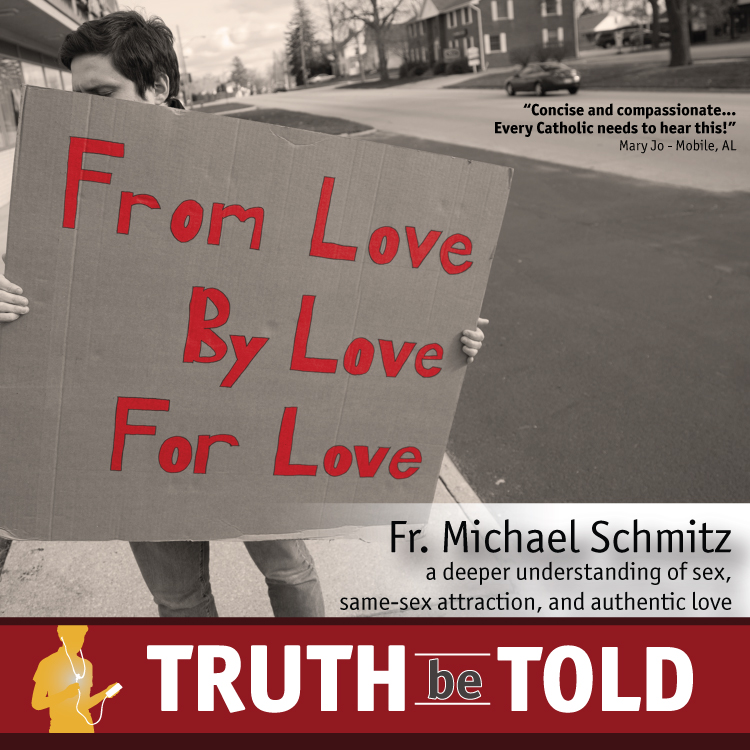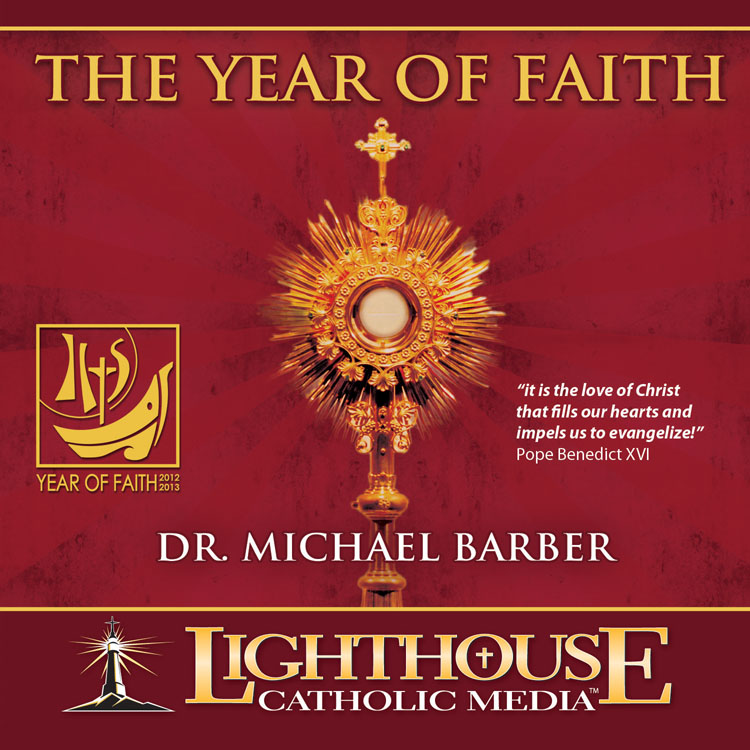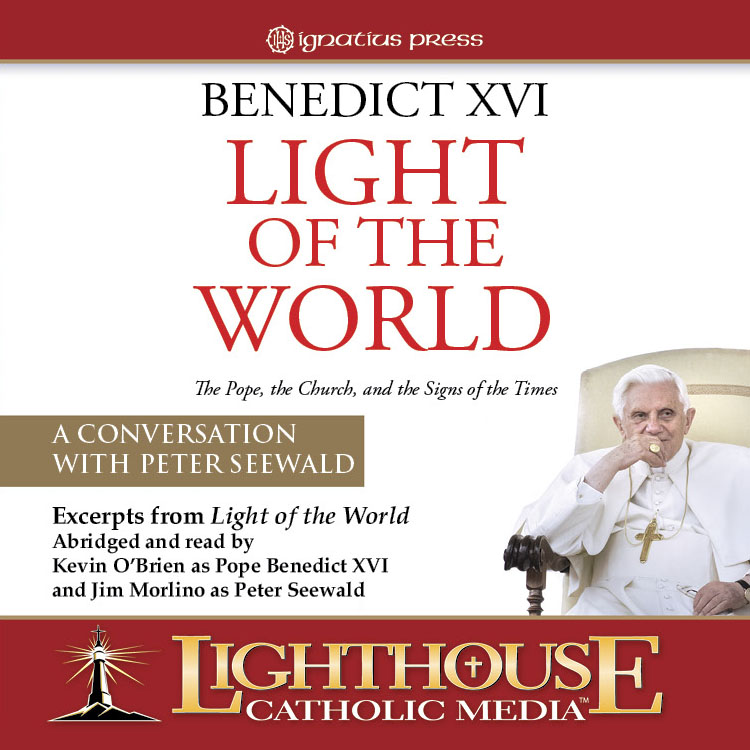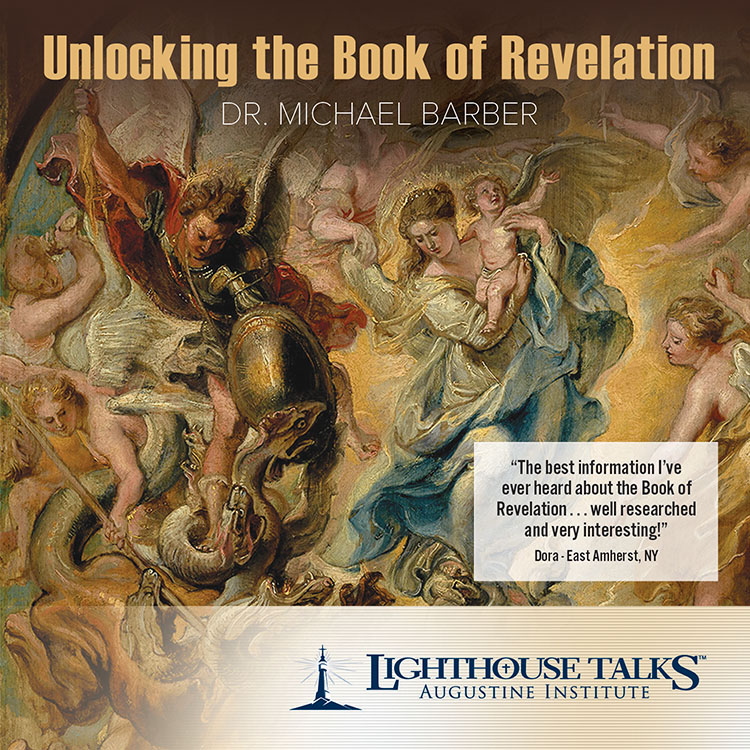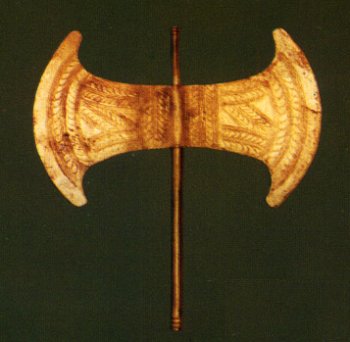Dr. Scott Hahn
Dr. Scott Hahn is one of the most eminent Catholic theologians in our country today. Discover what scholars now know about the shepherds, the mysterious Magi, and King Herod. Your Advent journey will take on new meaning as you prepare your heart for the birth of our Lord. This illuminating presentation is sure to help you grow in appreciation of the greatest gift ever given to mankind - Jesus Christ.
....
Taken from: http://www.lighthousecatholicmedia.org/store/title/prepare-the-way-of-the-king
The Body and Blood of Christ
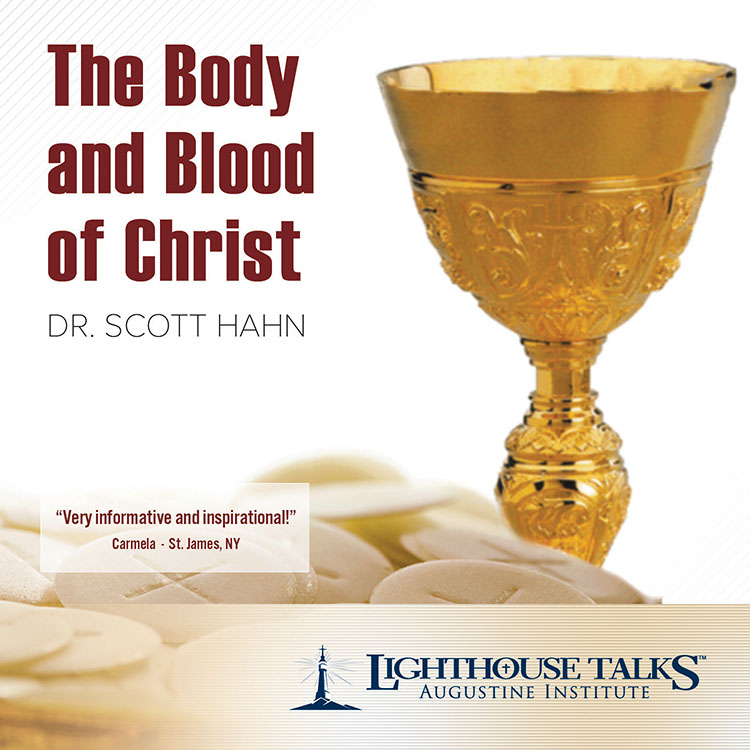
The Four Marks of the Church - Part 2
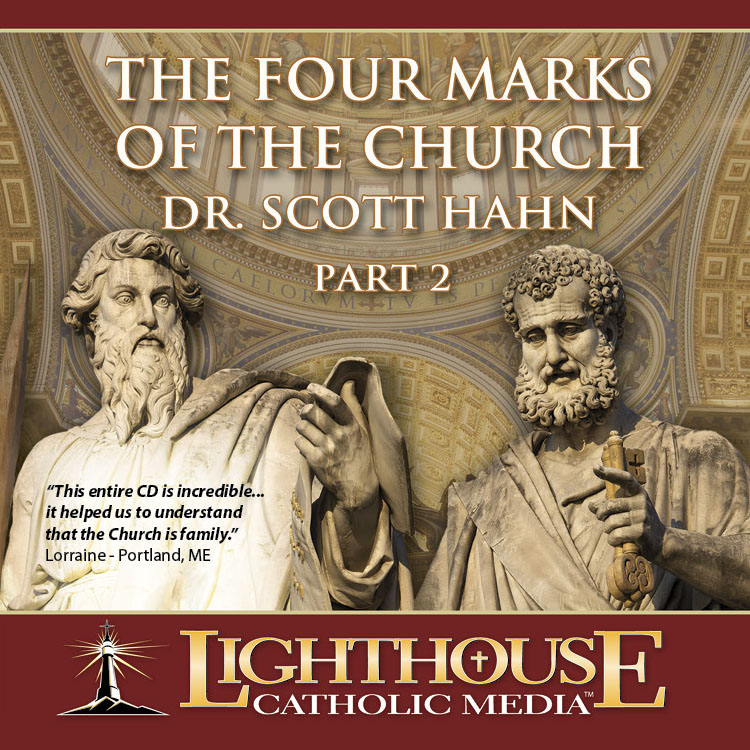
The Four Marks of the Church - Part 1
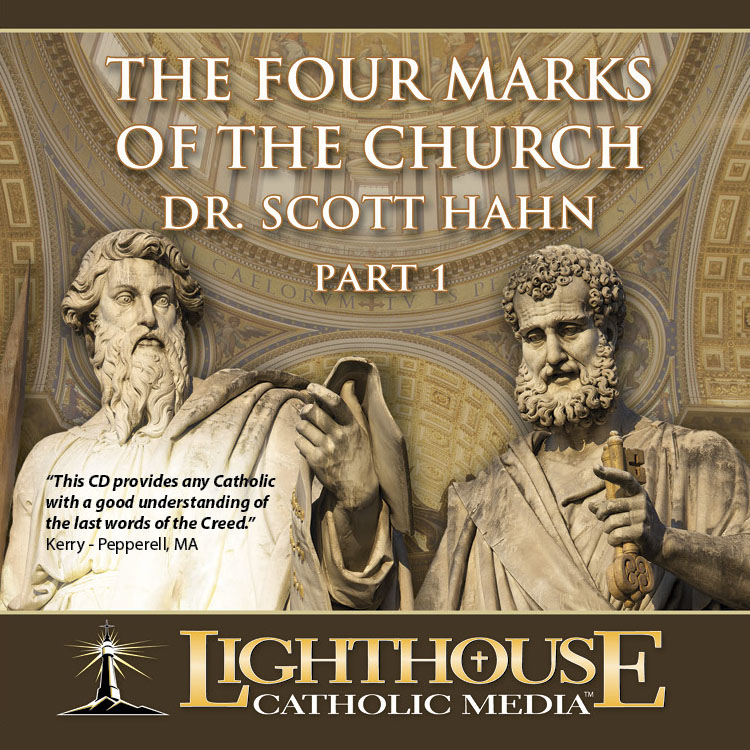
The Lamb's Supper
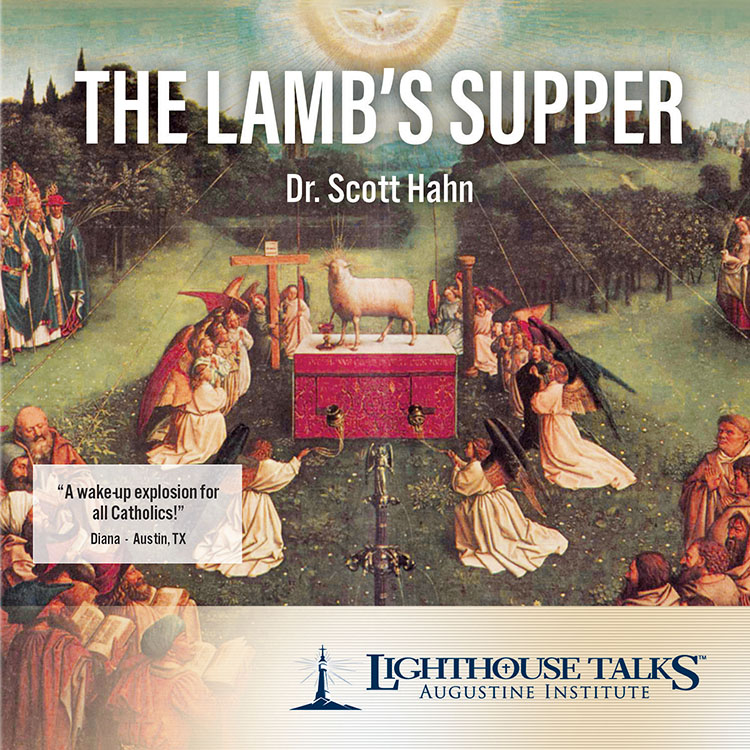
Understanding The Lord's Prayer
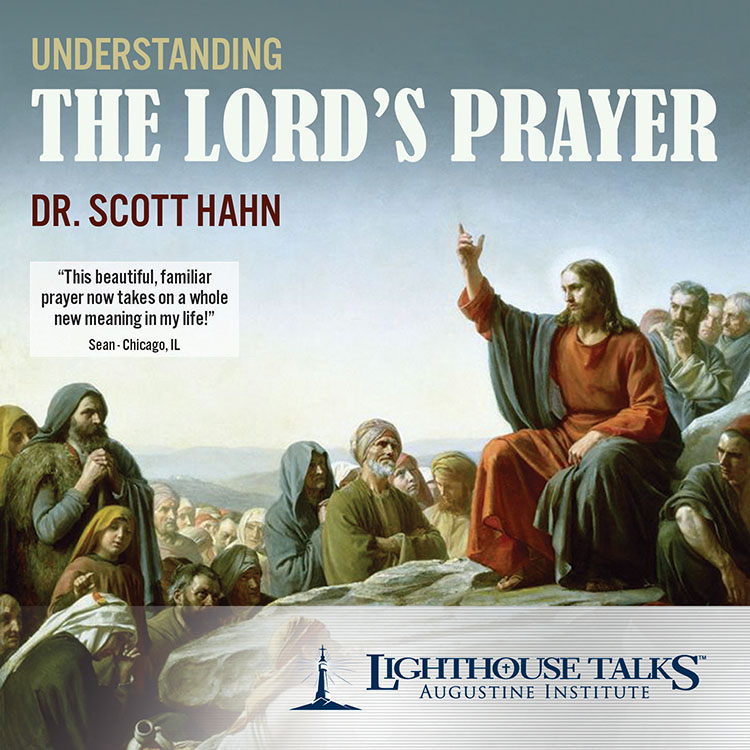
Why Is There Hell? What You Should Know About It!
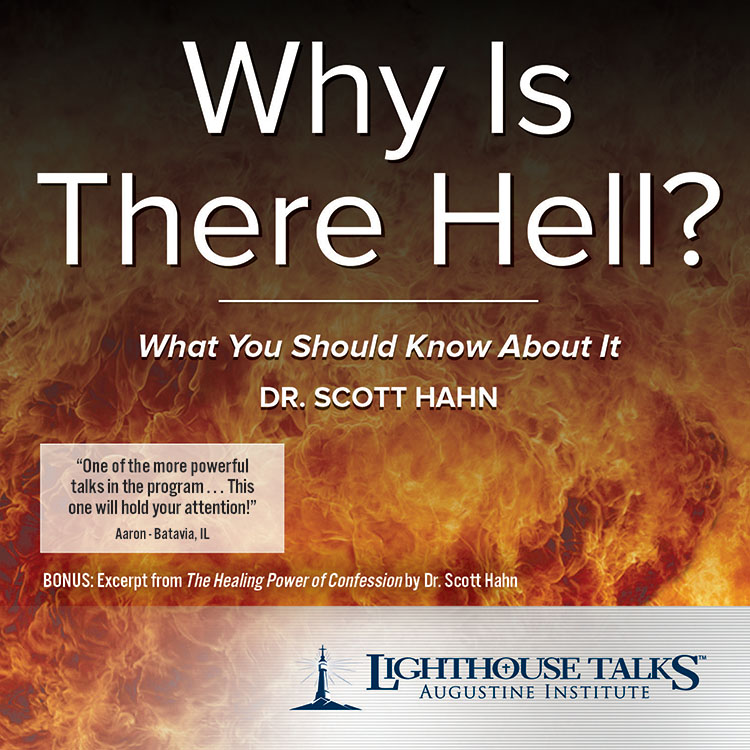
The Fourth Cup

Discovering the Biblical Significance of Mary
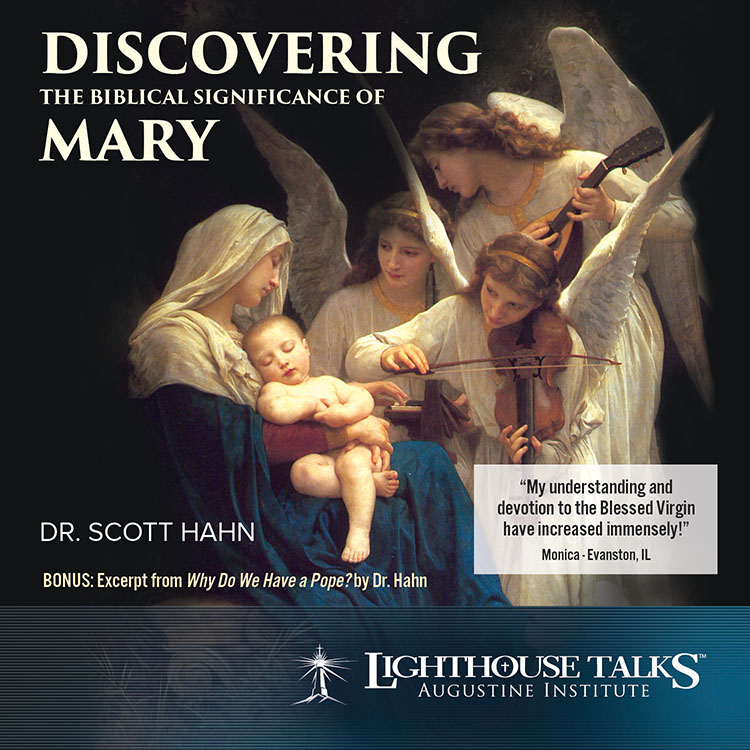
How to Bring Fallen Away Catholics Back to the Church
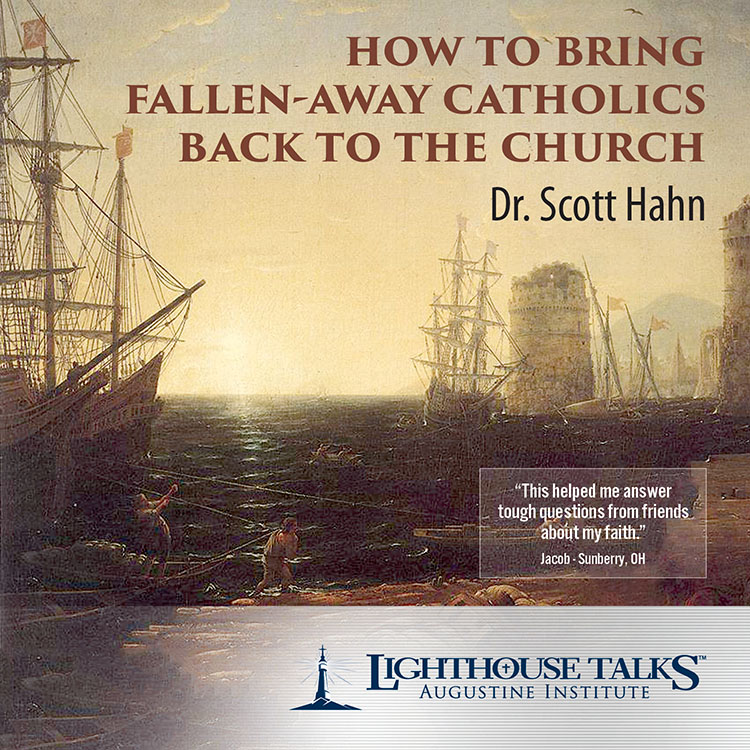
Understanding the Eucharist
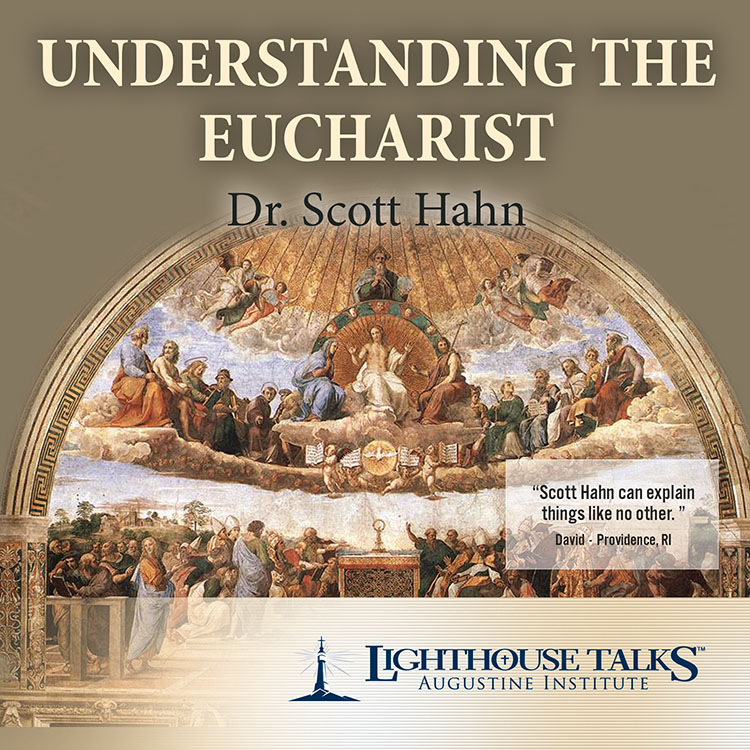
Taken from: http://www.lighthousecatholicmedia.org/store/title/prepare-the-way-of-the-king
Other Recommended Titles:
The Body and Blood of Christ
The Body and Blood of Christ

A former Presbyterian minister, Dr. Scott Hahn was once a militant opponent of the Catholic Church. In this informative presentation, he provides the biblical basis for the Church's teaching on the Real Presence of Christ in the Eucharist and the significance of the Feast of Corpus Christi, and gives us a greater understanding of our vocation to be the living presence of Christ in the world.
The Four Marks of the Church - Part 2
The Four Marks of the Church - Part 2

Each Sunday in the Creed, we profess to believe in ?one, holy, catholic, and apostolic church?. Dr. Scott Hahn, Catholic theologian, explains how these four ?marks? distinguish the Catholic Church from other Christian denominations. He then shows how these four characteristics are rooted in the ancient Christian faith revealed in scripture and in the lived experience of the Catholic Church.
This talk has increased my understanding of not only the Last Supper, but the history and validity of the Real Presence of Christ. Scott - Clarksville, TN
The Four Marks of the Church - Part 1
The Four Marks of the Church - Part 1

Each Sunday in the Creed, we profess to believe in ?one, holy, catholic, and apostolic church?. Dr. Scott Hahn, Catholic theologian, explains how these four ?marks? distinguish the Catholic Church from other Christian denominations. He then shows how these four characteristics are rooted in the ancient Christian faith revealed in scripture and in the lived experience of the Catholic Church.
Great CD! This talk continues to confirm my belief in the Roman Catholic Church, its teachings and role in our salvation. Richard - Houston, TX
The Lamb's Supper
The Lamb's Supper

Based on his best-selling book, Dr. Scott Hahn reveals the early Christians? key to understanding the Mass: the Book of Revelation. With its bizarre imagery, mystic visions of Heaven, and end-times prophecies, it mirrors the sacrifice and celebration of the Holy Eucharist. See the Mass with new eyes, pray the Liturgy with a renewed heart, and enter into the Mass more fully and enthusiastically!
Excellent! It is hard to express the spiritual impact this CD has had on me. I don't believe I will ever celebrate the Eucharist the same way again! Floy - Manchester, KY
Understanding The Lord's Prayer
Understanding The Lord's Prayer

The Lord's Prayer is the centerpiece of the most famous sermon ever preached - the Sermon on the Mount. The Catechism of the Catholic Church teaches that this prayer "is truly the summary of the whole Gospel." Blending scripture with the incredible insights of the early Church Fathers, Dr. Scott Hahn helps us discover the critical importance of this prayer in our daily journey of faith.
This is an absolutely brilliant outline giving biblical proof of the Real Presence of Christ in the Eucharist! Mike - Bogota, NJ
Why Is There Hell? What You Should Know About It!
Why Is There Hell? What You Should Know About It!

In this moving study on hell, Dr. Scott Hahn shares what scripture teaches about why hell is necessary. What it is like? Who goes there? How can you stay out forever? He explains why Lucifer refused to serve and then responds from a scriptural perspective to the most seductive modern errors about hell. Included are two bonus excerpts from Dr. Hahn's talk, The Healing Power of Confession.
This is a great CD! It gives the theological basis for hell. For me, it also highlighted the need for continued conversion throughout life. Chad - St. Michael, MN
The Fourth Cup
The Fourth Cup

Well-known Catholic theologian Dr. Scott Hahn explains Christ's Paschal Sacrifice on the cross as the fulfillment of the traditional fourth cup used in the celebration of the Jewish Passover meal. He draws a symbolic parallel to the Last Supper and Christ's death on Calvary. Through his scholarly insights and important biblical connections, Mass will come alive for you as never before!
Thank you! This put all the pieces of the puzzle together concerning the Holy Eucharist. The Mass has come alive for me and my family! Joe - Kettering, OH
Discovering the Biblical Significance of Mary
Discovering the Biblical Significance of Mary

In one of the most inspiring CDs we have ever offered on the Virgin Mary, Dr. Scott Hahn reveals incredible insights on the Biblical basis for the Catholic teachings regarding Mary as the Ark of the New Covenant. This presentation will help shatter many misconceptions and clearly demonstrate how Catholic teachings are unmistakably rooted in Sacred Scripture. Following the presentation is a bonus segment from a prior talk by Dr. Hahn, "Why Do We Have a Pope?"
Wow! This is by far one of the most inspiring CDs I have heard so far! I can't say enough about it! William - Spring Hill, FL
How to Bring Fallen Away Catholics Back to the Church
How to Bring Fallen Away Catholics Back to the Church

What is evangelization all about? What role does the Church expect ordinary Catholics to play in spreading the Catholic Faith? Dr. Scott Hahn, author and renowned theologian, challenges ?cradle? Catholics to witness to the Faith through everyday life. He presents proven and effective ways to touch those who have fallen away from the Church, even those with the most hardened of hearts.
This strengthened my belief in the Catholic Church and helped me feel proud and confident about defending our Faith through example. Ariel - Whiting, IN
Understanding the Eucharist
Understanding the Eucharist

A former Protestant minister, Dr. Scott Hahn was a militant opponent of the Catholic Church. Now one of the foremost Catholic theologians in the world, he highlights the key misunderstandings people have about the Eucharist. In this powerful presentation, he explains the Church's teaching from a scriptural and historical perspective in an entertaining and thorough fashion.
This is an absolutely brilliant outline giving biblical proof of the Real Presence of Christ in the Eucharist! Mike - Bogota, NJ






